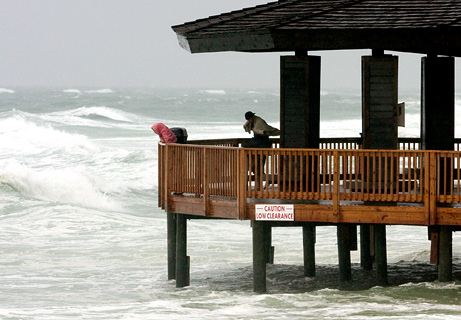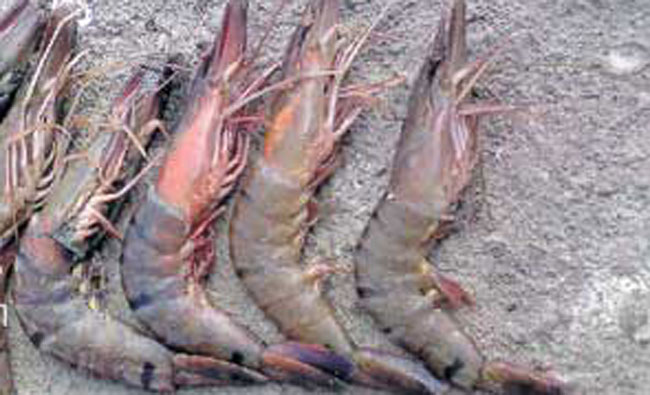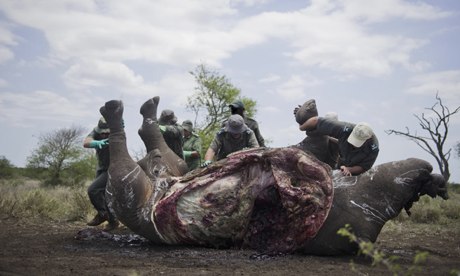
© USGS National Wildlife Health Center
Somewhere in the back of our minds, we all worry about the sort of nightmare pandemic envisioned in films like
Contagion or
The Hot Zone, with some horrific new disease sweeping across the continents and mowing down human victims like so much hay. But wildlife biologists worry more than most, because they've already seen emerging diseases devastate two major animal groups.
Now it seems to be happening yet again, while the two other wildlife pandemics are still raging unresolved: Over the past two decades, the
chytrid fungus has contributed to the extinction of perhaps 100 amphibian species - including some of the most colorful, charismatic frogs in the world - with many more extinctions now being predicted. White nose syndrome, another fungal disease, first discovered in 2006, has already killed off
6 to 7 million North American bats and now threatens some species with extinction. No reliable remedy is known for either disease.
The victims of what seems to be a new epidemic are snakes, and they may prove even harder to save, because they are widely unpopular and because populations in many areas tend to be small and scattered. Wildlife biologists first noticed the new pathogen in 2006, among New Hampshire's only surviving population of the
timber rattlesnake.The first victim turned up dead in early June, from a severe fungal infection in the mouth. Other victims displayed skin lesions around the head and, in one case, a severely swollen eye. Within a year, half the population was dead.




Comment: Wildfires in winter? Right after 'polar vortexes'?! What's going ON with this weather?!